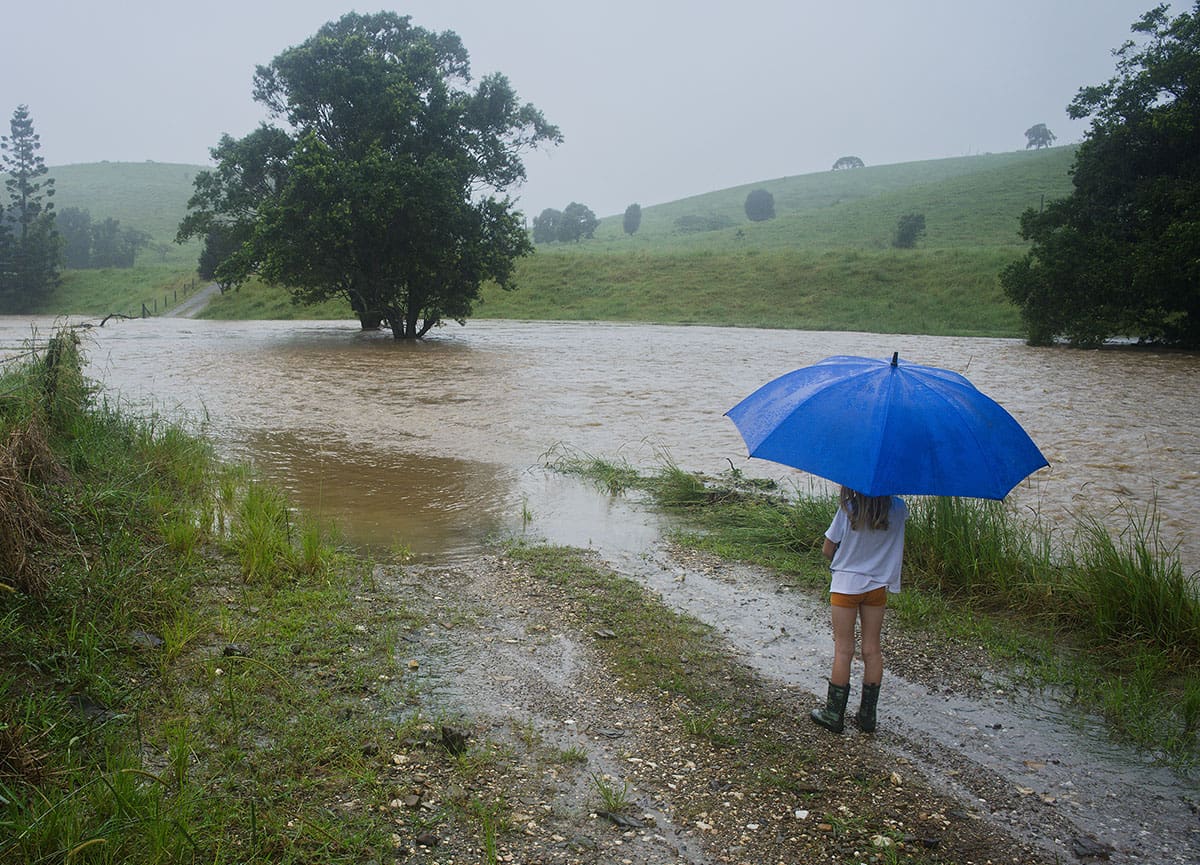What will you do when a disaster affects your business?
After an extreme weather event or disaster, people think lives return to normal, but for many business owners, the reality is much different. Businesses may never reopen or take years to reopen following a catastrophic event. In large part, this is because many businesses have not created and implemented a Business Continuity Plan.
A business continuity plan is a comprehensive plan for the continuation of critical (essential) business operations after a disaster. The purpose of the plan is to minimize decision-making during an incident and help make recovery more effective.
Let’s make sure you’re prepared, know your critical functions, how they will be restored, and more to help ensure your business is prepared to recover during unexpected interruptions to your business.
Five phases of developing and maintaining a business continuity plan:
Phase 1: Initiation
Pull together a team of people who are aware of the different operational aspects of your business to evaluate what potential events create the greatest threats to your organization. In many areas, it’s easy to think of disasters as natural events, like a hurricane or flood. But hazards also include technological events, such as a cyberattack, utility outages, or a fire.
Phase 2: Business impact analysis
A business impact analysis is a systematic process of gathering and analyzing information about critical business functions to determine the most important elements of your business with the greatest risk potential. Don’t waste time or resources if there is little or no impact on business operations. Remember that key employees and management succession are important subjects of a business continuity plan. Does your business have a policy that prevents key employees from traveling together? What happens if a key leader is incapacitated and not able to respond in the event of a disaster?
The essential part of the business impact analysis phase is that you ask the right questions. An experienced advisor can help you determine what those questions may be and help guide you to resources and tools to assist in the process.
Phase 3: Develop recovery strategies
Communication is key during and after a disaster. In an effective business continuity plan, people come first. It’s essential to have a functional means of communication with employees, vendors, and customers.
Determine the business impact of a function or process first, and then develop recovery capability for it. Your objective in this phase is to identify the people, facilities, and assets that are required to achieve the four “R’s” which are: response, resumption, recovery, and restoration.
Phase 4: Implementation
An effective business continuity plan must be written and communicated to all employees on an ongoing basis.
Phase 5: Test and monitor
Risk is not static. Personnel changes, potential threats, and critical business functions will change over time. A business continuity plan must be validated through testing or practical application and kept up to date.
Be intentional
Remember, it is always better to be intentional to help achieve business success and resiliency. The same is true for business recovery following a catastrophe. One of the greatest risks you face in this or any other area of your business is complacency. Remember that others are depending on your survival and continued success after a catastrophe—employees, their families, your customers, suppliers, vendors, and even the community. Work with The Baldwin Group’s advisors to help develop and implement your business continuity plan, including ensuring you have the proper insurance and risk management strategies in place to best protect your business.
For more information
We’re ready to help when you are. Get in touch and one of our experienced Baldwin advisors will reach out to have a conversation about your business or individual needs and goals, then make a plan to map your path to the possible.
This document is intended for general information purposes only and should not be construed as advice or opinions on any specific facts or circumstances. The content of this document is made available on an “as is” basis, without warranty of any kind. The Baldwin Insurance Group Holdings, LLC (“The Baldwin Group”), its affiliates, and subsidiaries do not guarantee that this information is, or can be relied on for, compliance with any law or regulation, assurance against preventable losses, or freedom from legal liability. This publication is not intended to be legal, underwriting, or any other type of professional advice. The Baldwin Group does not guarantee any particular outcome and makes no commitment to update any information herein or remove any items that are no longer accurate or complete. Furthermore, The Baldwin Group does not assume any liability to any person or organization for loss or damage caused by or resulting from any reliance placed on that content. Persons requiring advice should always consult an independent adviser.






